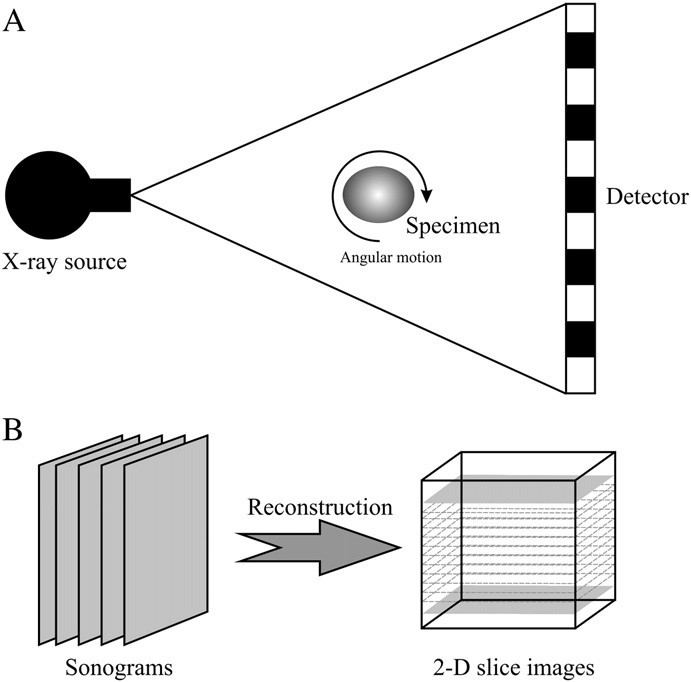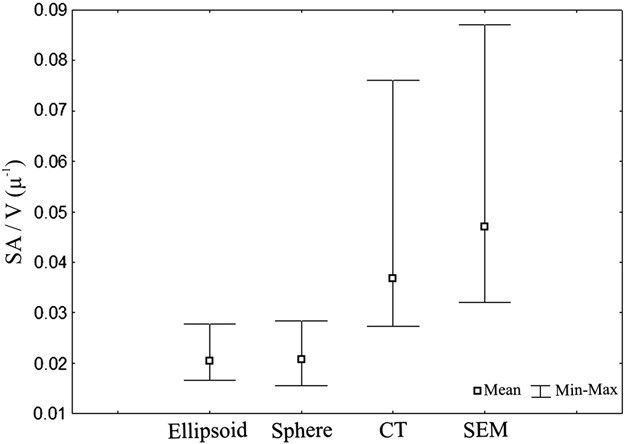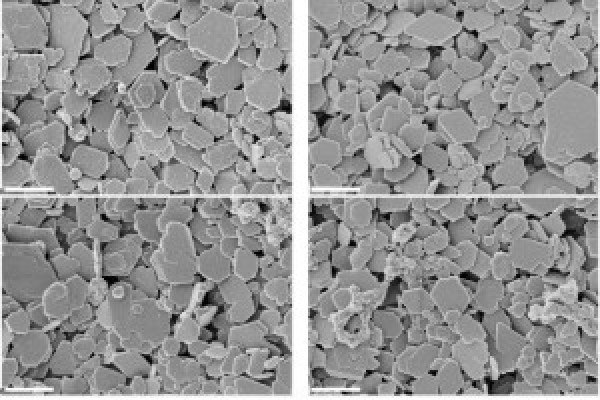Abstract:
Volcanic ash particles are important components of explosive eruptions, and their surface textures are the subject of intense research. Characterization of ash surfaces is crucial for understanding the physics of volcanic plumes, remote sensing measurements of ash and aerosols, interfacial processes, modelling transportation and deposition of tephra and characterizing eruptive styles. A number of different methods have been used over the years to arrive at surface area estimates. The more common methods include estimates based on geometric considerations (geometric surface area) and physisorption of gas molecules on the surface of interest (physical surface area). In this study, micro computed tomography (micro-CT), which is a non-destructive method providing three-dimensional data, enabled the measurement of surface area and volume of individual ash particles. Results were compared with the values obtained from SEM stereoscopic imaging and geometric considerations. Surface area estimates of micro-CT and SEM stereoscopic imaging are similar, with surface area/volume ratios (SA/V) of 0.0368 and 0.0467, respectively. Ash particle surface textures show a large deviation from that of simple geometric forms, and an approximation both to spheres
and ellipsoids do not seem adequate for the representation of ash surface. SEM stereoscopic and/or micro-CT imaging are here suggested as good candidate techniques for the characterization of textures on macro-pore regions of ash particles.
Keywords: Volcanic ash / Surface area / Ash volume / Micro computed tomography / Scanning electron microscope / Stereoscopic imaging
For reading full article click here.

Schematic illustration of A) X-ray CT scan geometry and B) reconstruction of raw data into two-dimensional slice images.

Geometric (sphere and scalene ellipsoid) and measured (SEM and CT) surface area to volume ratios of volcanic ash particles.


 A comparison with scanning electron microscope (SEM) stereoscopic imaging and geometric considerations.png)
